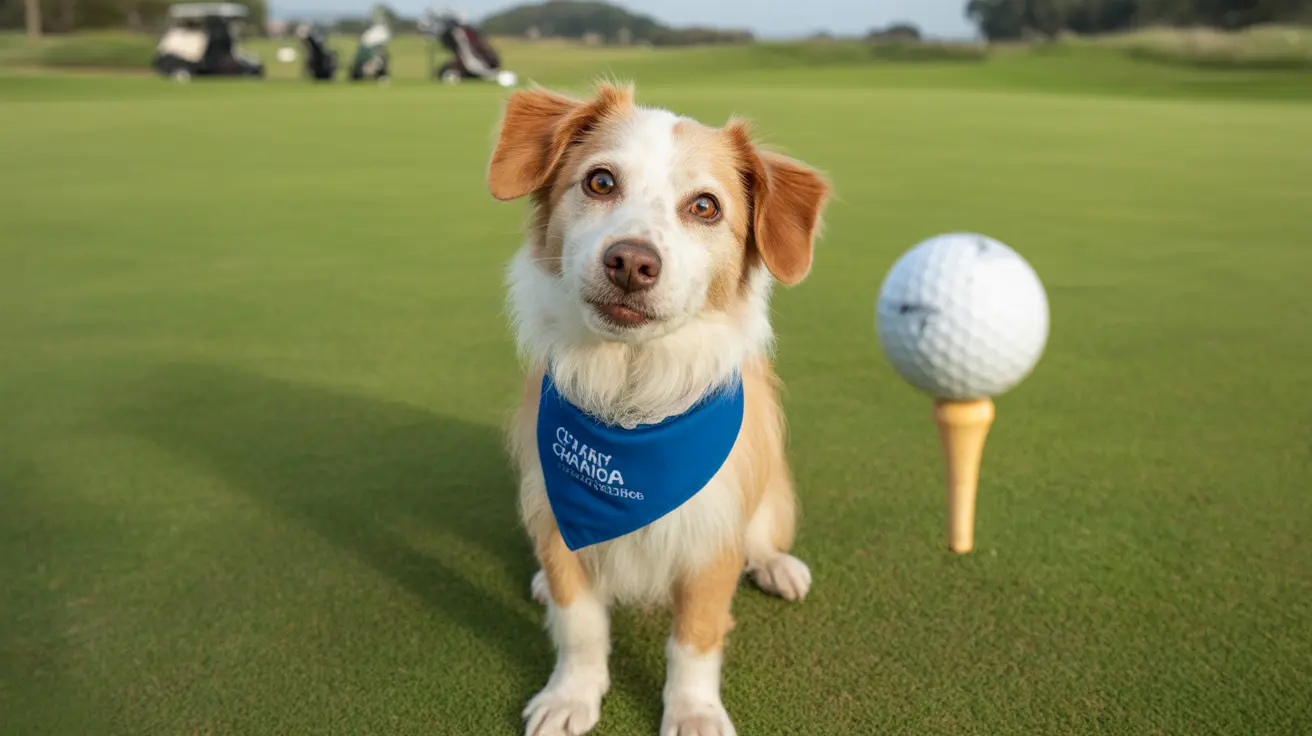Understanding the 3-3-3 Rule When Adopting a Dog
Adopting a dog is an incredibly rewarding experience, but it requires patience, understanding, and time. One widely recognized guideline that helps dog adopters manage expectations and ease their pet into a new environment is the 3-3-3 rule. This rule outlines the common phases of adjustment a dog goes through after being adopted and provides insights into how best to support them during this journey.
What is the 3-3-3 Rule?
The 3-3-3 rule is a behavioral framework that outlines the three main stages a dog may experience after adoption:
- 3 Days – The decompression period.
- 3 Weeks – Settling in and understanding the routine.
- 3 Months – Full adjustment and confidence in their new home.
Each stage involves different behavioral and emotional changes, and understanding these phases can make all the difference in creating a successful bond with your dog.
The First 3 Days: Decompression
The initial 72 hours in a new home can be overwhelming for a dog. They have likely come from a shelter or previous home, and the change in environment, smells, and people can cause stress and anxiety. During this period, a dog may be:
- Shy or fearful
- Withdrawn or hiding
- Not eating or sleeping well
- Testing boundaries
This is a time to give your dog space and patience. Avoid overstimulating them with too many new experiences. Keep interactions calm and soothing, and begin establishing the safe routine you will follow.
The Next 3 Weeks: Settling In
After about three weeks, your dog begins to feel more comfortable in their new surroundings. This stage is often referred to as the bonding and learning phase. During this time, your dog will:
- Start recognizing their name and your voice
- Learn the rules of the home
- Understand the household schedule (feeding, walking, etc.)
- Show their true personality
This is a crucial period for training, consistent routine, and relationship building. Use positive reinforcement to encourage good behavior and build trust.
The 3-Month Milestone: Feeling at Home
By the third month, most dogs are well on their way to forming a strong emotional connection with their new family. They often display:
- Increased confidence and predictability
- Attachment to family members
- Better training response
- Comfort in the home environment
This stage means your dog truly sees you as their person. They begin to trust you, love you, and settle into their place in your world.
Why the 3-3-3 Rule Matters
Many new pet owners expect immediate adaptation, but dogs are individuals who need time to adjust. The 3-3-3 rule prevents disappointment or frustration by setting realistic expectations and reducing the pressure on both the dog and the human. Understanding this timeline allows new adopters to:
- Practice empathy and patience
- Avoid misinterpreting fear as bad behavior
- Build a stronger long-term bond
- Prevent unnecessary rehoming
How to Support Your Dog Through the 3-3-3 Phases
Here are some strategies to ensure your dog transitions smoothly through each stage:
- Provide a quiet, safe space for decompression.
- Stick to a predictable routine to help them feel secure.
- Use positive reinforcement training to encourage obedience and trust.
- Limit introductions to new people or pets at first.
- Monitor behavior changes and provide structure.
Common Misconceptions
Some pet owners might think that if a dog doesn’t adjust immediately, it’s a bad match. In reality, many dogs just need more time and patience. Also, certain breeds or dogs with traumatic pasts may require extra care and a slower transition. The 3-3-3 rule is a guideline, not a strict schedule.
Conclusion
The 3-3-3 rule is a valuable guideline for understanding and supporting the needs of an adopted dog. Recognizing that adjustment takes time enables pet parents to create a nurturing and stable environment. With consistency, love, and patience, you can turn those first uncertain weeks into a lifetime of companionship and trust.





